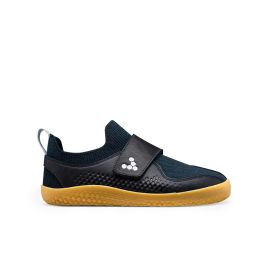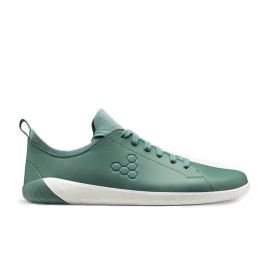No products
Prices are Management included
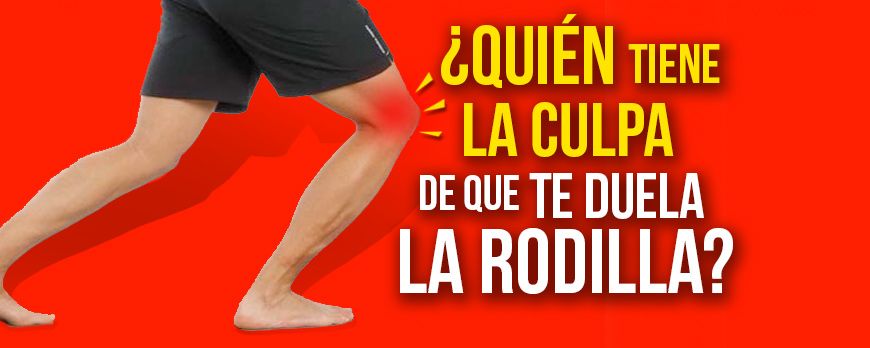
Who is to blame for your knee pain?
Today I'm going to talk about knee problems and how to improve them with a simple gesture.
Last Wednesday I met a friend I hadn't seen for a long time and the first thing she said was that her knee was hurting.
This friend has been locked up for a long time for fear of the Covid and now she is still locked up because of her knees. She says that going down stairs hurts and she has been diagnosed with chondromalacia patella.
On the one hand, her physiotherapist told her to stop walking and cycle (what a solution!) and on the other, her GP told her not to worry about the pain. That when she was older (she is now 36) she would have osteoarthritis of the knee, but that she should live a normal life.
Related to this, the other day a Doctor of Sports Science was saying that one of the things that most influences serious knee problems is the Dorsiflexion of the foot (DX, from now on).
This movement takes place at the ankle and is what allows you to bring your foot forward and backward.
Well, a limitation or reduction of DX is associated with very serious injuries, from the dreaded and widespread plantar fasciitis, to rupture of the anterior cruciate ligament of the knee.
The latter occurs because DX limitation alters your landing when you jump, whether you're playing football, basketball, handball or jumping a hurdle.
The result is that your ability to cushion the impact is reduced, and the 350 kilos of impact (on average if you weigh 70 kilos) is eaten up by the knee and hip, putting a lot of stress on the anterior cruciate ligament.
In addition, a reduction in DX makes a gesture as simple as going up or down a step more difficult. What my friend was complaining about.
How do you know if you have limited DX movement?
It's very easy. Look at the photo.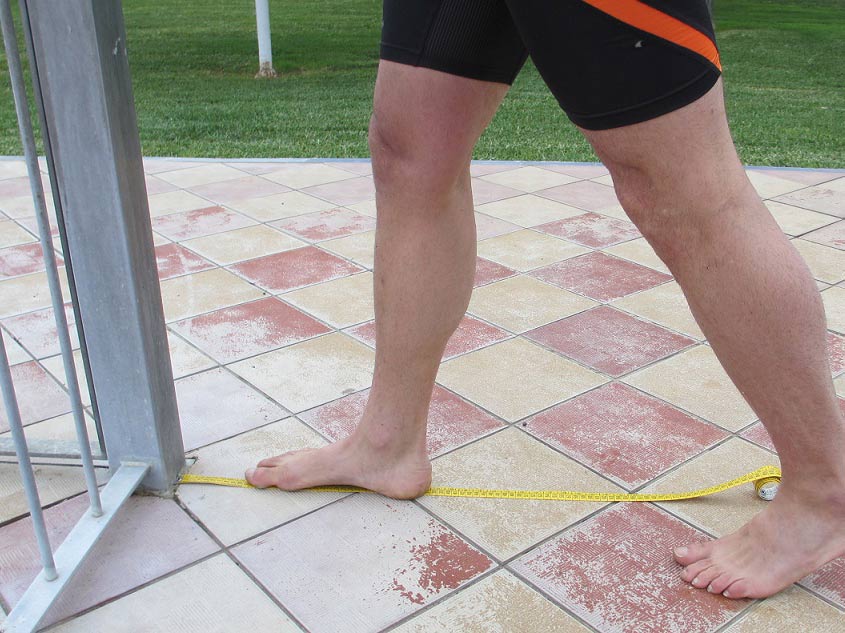
You face a wall and with your knee straight (not turning in or out) try to touch the wall.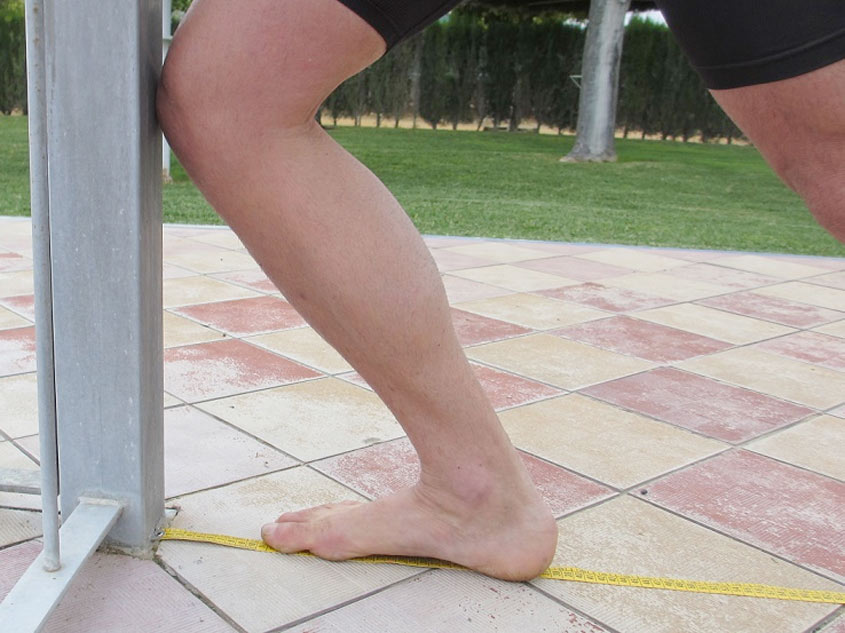
If you can get 10 cm away you have good DX, below you have limited DX.
So as you move away from the wall your DX will be better.
(In the post data I leave you the link where I explained in other words how to measure it).
And what happens if your DX is low?
You will have to improve it with exercises. Although there is a way to never have to do it.
Don't wear shoes with the back higher than the front.
If you wear them every day, even if the height difference is small, you're limiting your most important joint for walking, running or whatever it is you do.
Put positively:
Wear flat or 0 drop shoes.
Well, that's about the drop, but it's hard to have stable knees if your feet aren't stable.
And for your feet to be stable they also need:
1 - Space for your toes to spread out and not be crowded. This gives you a wider platform of support.
2 - Your feet need to be close to the ground. The closer, the more stability.
3 - No inner tubes or soft cushions that put stress on your knees when your feet are on an unstable surface.
The firmer the sole, the more contact you will have and the more stable your feet and knees will be.
For all these reasons, my recommendation today is Vivobarefoot.
0 drop.
With spaces for the toes.
The closest to the ground.
And with Knit fabric so that wearing them is like walking around the house in socks:
The health of your knees starts with your feet.
Use them or lose them.
Antonio Caballo.
Pd. In the Ankle section of this post you will learn how to measure dorsiflexion.
Dejar un ComentarioDejar una respuesta
Blog categories
- Running Technique
- Shoes Review
- Scientific studies
- Nike and minimalist shoes
- Morton neuroma
- Bunions
- Podiatrists' opinion on...
- Claw toes, crowded toes,...
- Flat feet
- Runner's injuries, runner's...
- Sprained feet, ankle sprains
- Footwear for wide feet or...
- Heel and back pain
- Children's feet and...
- Circulation and bone...
- Knee pain, osteoarthritis,...
- Plantar fasciitis
Últimos Comentarios
Lorena Cortés
This is what Nike did to Nadal's footFernando Capellán
They call it ugly... but everyone will...Antonio Caballo
The finger wristband: when fashion squeezes...

